Staying Fit

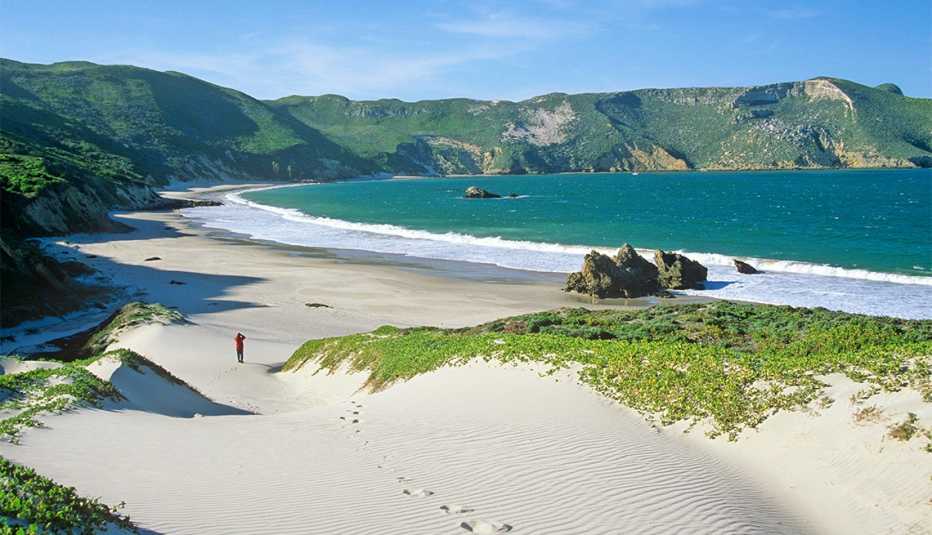
With so many health-related concerns about travel during the coronavirus pandemic, one of the most popular choices has been the great outdoors, and that is expected to continue through summer and into 2022. But you may have also seen news reports about jammed parking lots, crowded trails, unattended garbage — a variety of problems caused by this giant nature ambush. So, as you plan your vacation for next year, you may want to forgo that trip to the über popular Great Smoky Mountains or the Grand Canyon and instead explore some of the less crowded of the 62 national parks.


AARP Membership— $12 for your first year when you sign up for Automatic Renewal
Get instant access to members-only products and hundreds of discounts, a free second membership, and a subscription to AARP the Magazine.

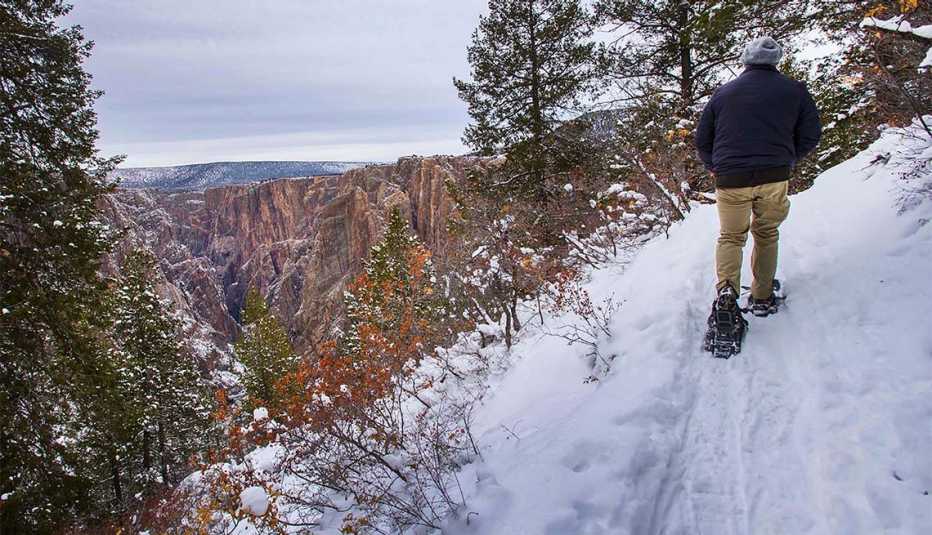
Black Canyon of the Gunnison (Colorado)
Number of visitors in 2019: 432,818
Colorado’s version of the Grand Canyon boasts some of the steepest cliffs, oldest rock and sharpest spires in North America, carved by the thundering Gunnison River over a span of 2 million years. This is shock-and-awe territory, with jaw-dropping scenery visible from hiking trails for all abilities and from scenic drives along the canyon’s rims and down to the river. Anglers can fish for plentiful trout, and bird-watchers can sight hawks, vultures, eagles and falcons soaring among the cliffs. Most of the roads close in winter, though the park is open along the rim for cross-country skiing and snowshoeing.

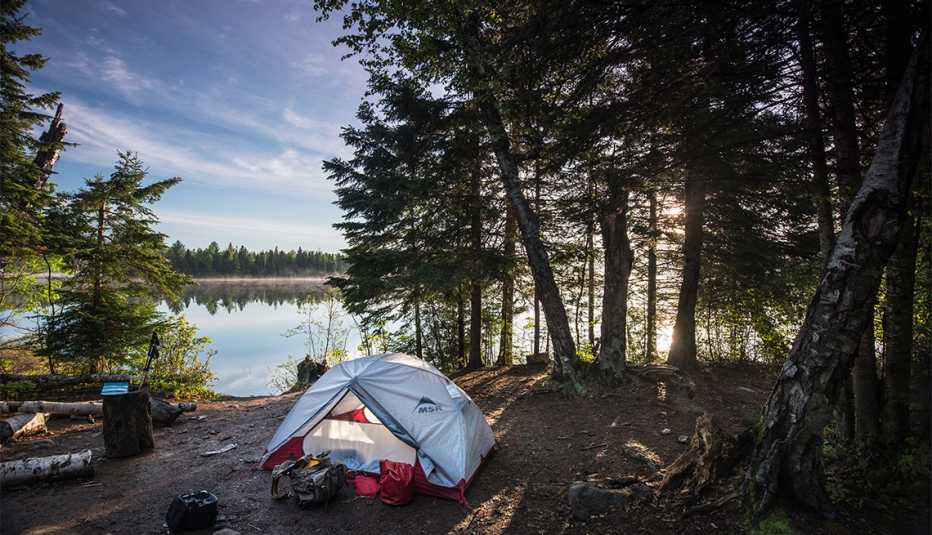
Isle Royale (Michigan)
Number of visitors in 2019: 26,410
This is a unique spring or summer vacation. This park closes for winter, and even when it’s open, you can get there only by boat or plane (no cars allowed). The ferry service was suspended in 2020 but may return next year. You can always hop on a seaplane ($290 to $380 per person, round trip). After you reach the park, you’ll find 166 miles of hiking trails plus havens for scuba divers and solace seekers. You can spend the night at the 60-room, 20-cottage Rock Harbor Lodge, the park’s only full-service place to stay. Ferns, lichens, mosses and 600 flowering plants carpet the landscape. Relish the stillness, breathe the fresh lake air, watch a moose in the boreal forest, and listen to the distant call of a loon.

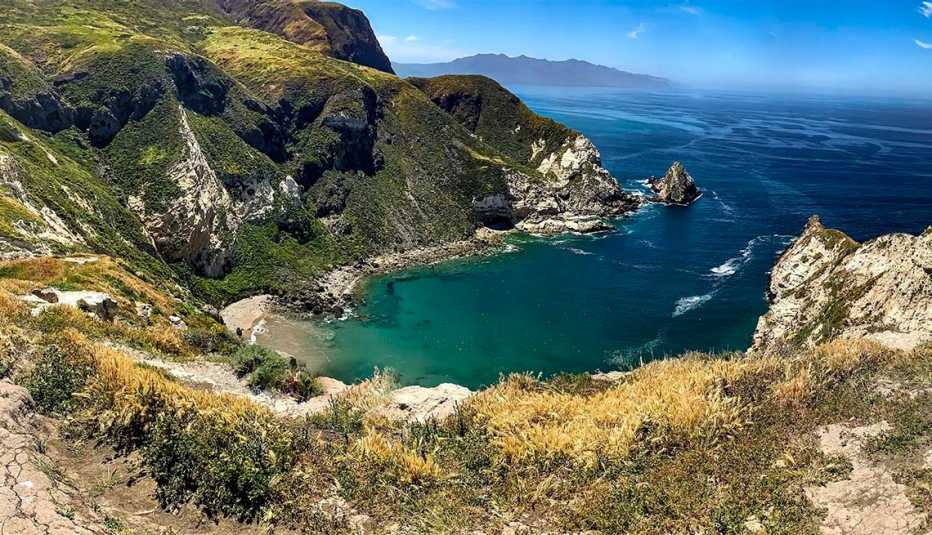
Channel Islands (California)
Number of visitors in 2019: 409,630
Consider this park a Galápagos wannabe. The five islands harbor more than 2,000 plant and animal species, some found only here. Just off the Southern California coast (get there by ferry from Ventura or Oxnard, or book a boat or plane), the park has a Mediterranean-type climate year-round, so it is ideal for a winter excursion. You can hike on easy, relatively flat trails, or opt to swim, dive, snorkel, surf or kayak in the chilly water (wet suits are recommended). And you can spot endemic species of birds; 27 species of cetaceans, including whales, dolphins and porpoises; and breeding colonies of seals and sea lions.






























































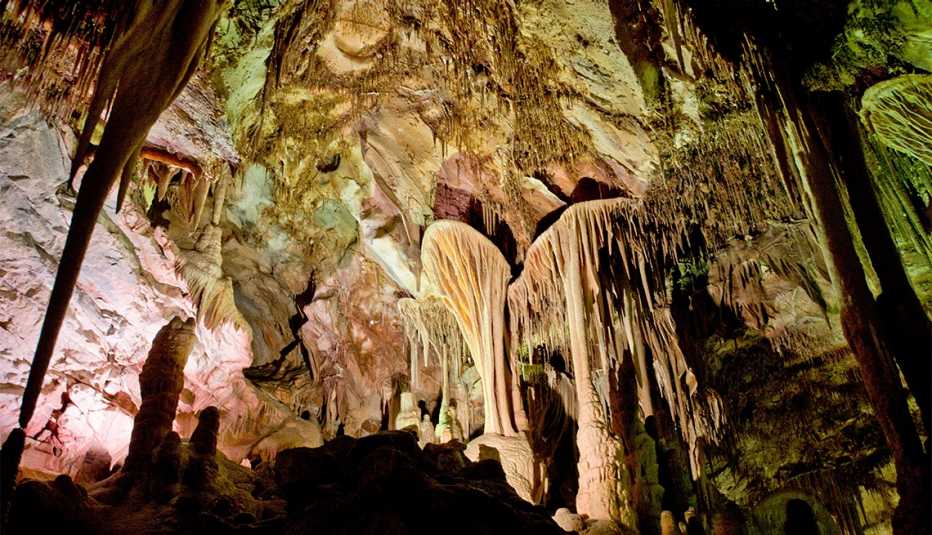
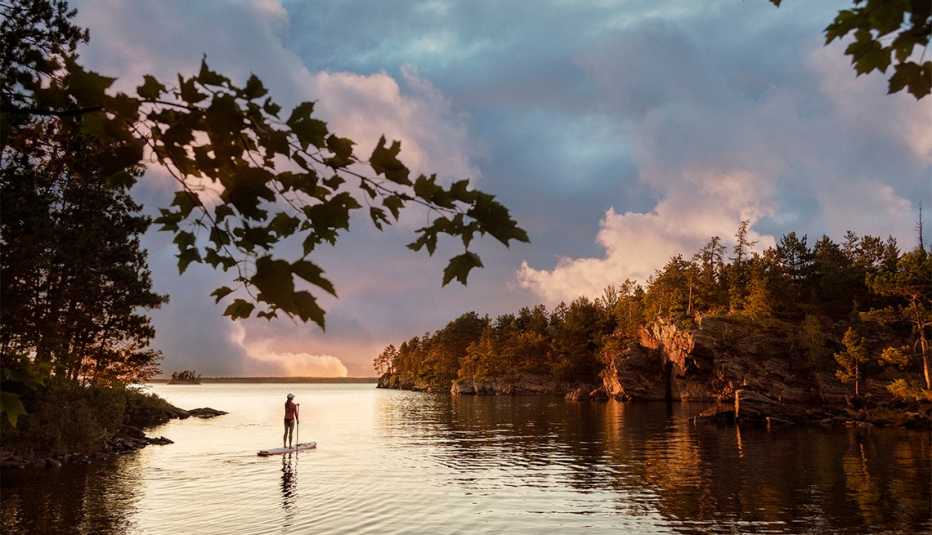

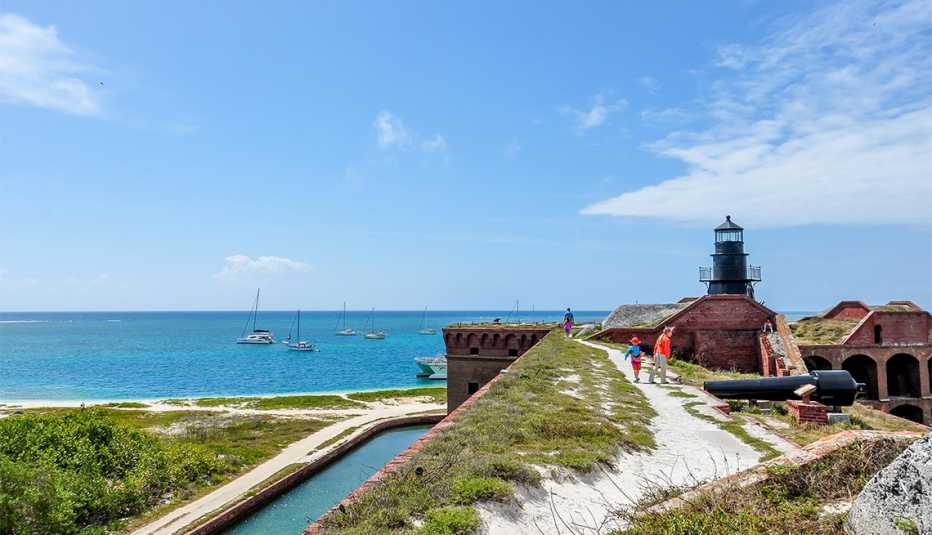






More on travel
8 Top Rail Trails for Biking
Cycling paths across the U.S. that offer smooth rides and plenty of scenery
15 Wonderful National Wildlife Refuges
Visit these peaceful natural havens near busy national parks
10 Top Campgrounds in and Around National Parks
Great spots for tent or RV camping near Acadia, Yosemite and moreRecommended for You